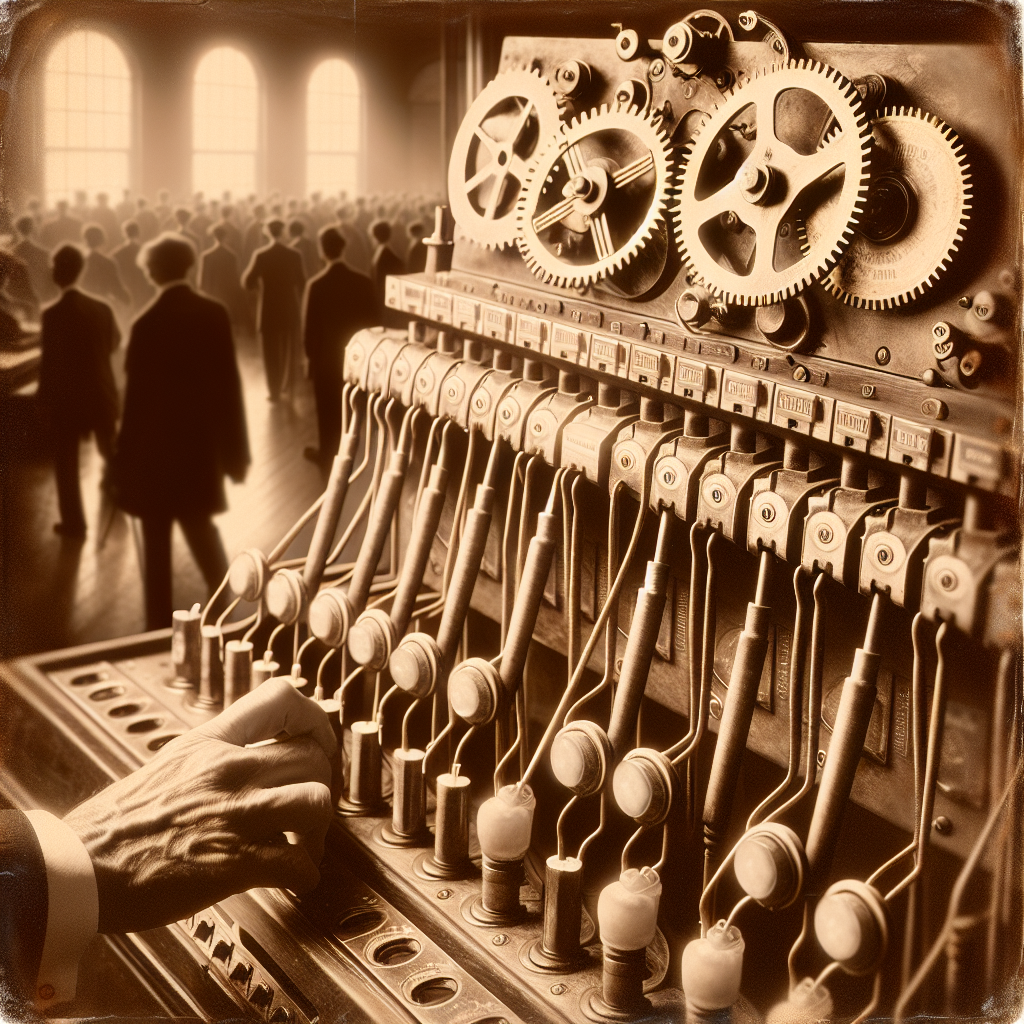The Evolution of Voting Systems in the United States
Voting is the cornerstone of democracy, allowing citizens to express their preferences and shape the future of their nation. The United States, with its rich democratic tradition, has seen its voting systems evolve significantly since its founding. From paper ballots to electronic voting, each change reflects technological advancements and societal needs. Join us as we explore the fascinating journey of voting systems in the United States.
The Early Days: Voice Voting and Paper Ballots
In the early days of American democracy, voting was a public affair. During the 18th and early 19th centuries, voice voting was common. Eligible voters would verbally state their choices at local gatherings. While this method was straightforward, it lacked privacy and often led to intimidation and corruption.

As the nation grew, the need for a more private and reliable system became apparent. Enter paper ballots. By the mid-1800s, paper ballots became the norm, allowing voters to submit their choices discreetly. The introduction of paper ballots was a significant step forward, but it wasn’t without its issues. Ballots were often printed by political parties, leading to potential bias and manipulation.
The Australian Ballot: A Step Towards Privacy and Fairness
The late 19th century saw the introduction of the Australian ballot, a system that greatly improved the voting process in the United States. Named after its place of origin, the Australian ballot was a government-printed ballot listing all candidates, distributed at polling places, and filled out in private.
This system addressed many concerns, promoting voter privacy and reducing the influence of political parties on the voting process. The adoption of the Australian ballot in the United States marked a significant shift towards fairer elections, ensuring that voters could express their choices without fear of retribution.

The Rise of Mechanical Voting Machines
By the late 19th and early 20th centuries, the need for efficiency and accuracy in vote counting led to the development of mechanical voting machines. These machines allowed voters to select their candidates by pulling levers, which would record the votes mechanically. This innovation reduced the potential for human error in counting paper ballots and sped up the vote tallying process.
Mechanical voting machines became widely used throughout the 20th century. However, they were not without challenges. The machines were expensive to maintain and required significant logistics to transport and set up. Despite these issues, they remained a staple of American elections for decades.
The Digital Age: Electronic Voting Systems
The advent of the digital age brought about another transformative shift in voting systems. Electronic voting machines, first introduced in the 1960s, gained popularity in the late 20th and early 21st centuries. These machines promise greater efficiency and accuracy than their mechanical predecessors.
Electronic voting systems vary widely, from touchscreen interfaces to optical scan technology, where voters fill out paper ballots that are scanned and tabulated electronically. While these systems offer numerous advantages, including faster results and accessibility for people with disabilities, they also raise concerns about security and reliability.
The Future of Voting: Internet and Mobile Voting
With the rapid advancement of technology, the future of voting in the United States may lie in internet and mobile voting. Several states have already experimented with online voting for certain populations, such as military personnel stationed overseas.
While the convenience of internet voting is appealing, it also presents significant challenges, particularly regarding cybersecurity and voter authentication. Ensuring the integrity and security of online voting systems is crucial before they can be widely adopted.
Conclusion
The evolution of voting systems in the United States has been marked by a constant pursuit of fairness, accuracy, and accessibility. From the days of voice voting to the potential for internet-based systems, each advancement reflects the nation’s commitment to improving the democratic process. While challenges remain, particularly in ensuring the security of electronic and online voting, the journey of American voting systems continues to evolve, promising a future where every vote counts and every voice is heard.
FAQs
What is the Australian ballot system?
The Australian ballot system is a voting method where the government provides a standardized ballot listing all candidates, which voters fill out in private. This system ensures voter privacy and reduces the influence of political parties.
When were electronic voting machines first introduced in the United States?
Electronic voting machines were first introduced in the United States in the 1960s but gained widespread use in the late 20th and early 21st centuries.
What are the challenges of internet voting?
Internet voting faces challenges such as ensuring cybersecurity, protecting against hacking, and verifying voter identities. These issues must be addressed to maintain the integrity of elections.





Leave a Reply
You must be logged in to post a comment.